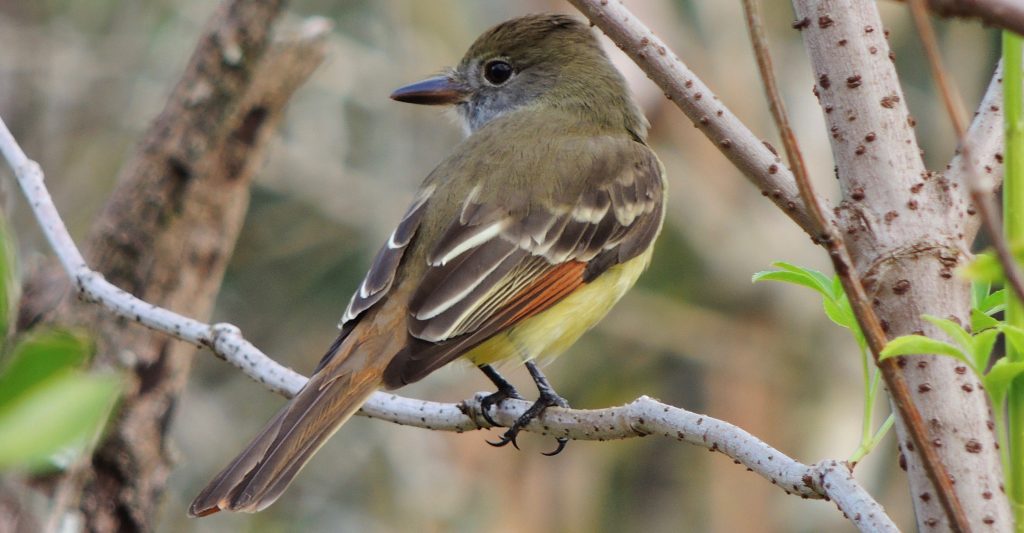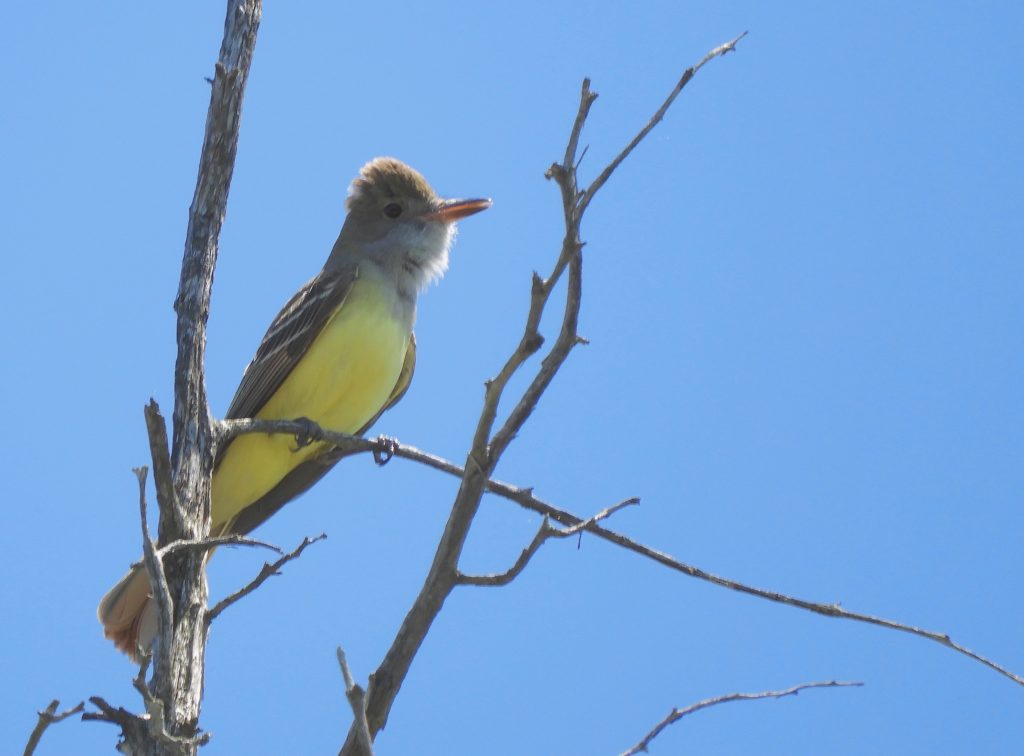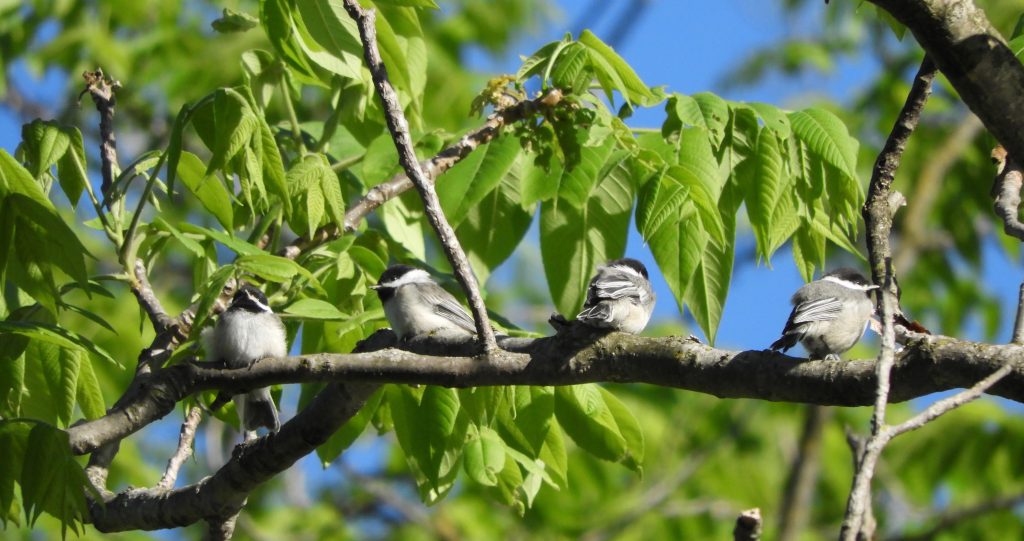 Royal Botanical Gardens. Hendrie Valley, Burlington. ON. June 2 2022. Now for the clamour of reproduction. June is about the next generation: the task ahead is everything from establishing territories, to courtship, from nests to eggs to fledglings and to flight. It’s the May arrivals (and there are plenty of them) who are the ones just getting started, some locals like Ravens and Great Horned Owls got started back in February and their young are out of the nest by now.
Royal Botanical Gardens. Hendrie Valley, Burlington. ON. June 2 2022. Now for the clamour of reproduction. June is about the next generation: the task ahead is everything from establishing territories, to courtship, from nests to eggs to fledglings and to flight. It’s the May arrivals (and there are plenty of them) who are the ones just getting started, some locals like Ravens and Great Horned Owls got started back in February and their young are out of the nest by now.
Today I completed the last of our spring transects under ideal conditions, clear, bright and sunny, T-shirt weather.

From the start I could hear Great-crested Flycatchers calling, a beautiful self-assured bird of treetops. Walking a riverside trail rich in bird song and activity, I watched a pair getting acquainted, he singing and apparently defining a territory and she staying close. I was so enamoured by them and the many others just like them around the valley, that I thought Great-crested Flycatcher was my Bird of the Day. But not long after, I spotted this line up of young Black-capped Chickadees, just-out-of-the-nest fledglings dependent on their parents for an unfailing supply of food. I have to give them equal billing to the flycatchers.

I counted over forty species this morning. The Great-crested Flycatchers dominated the soundscape but there were others that made me stop and appreciate the morning: I could hear: Rose–breasted Grosbeaks, Swamp Sparrows, Red–eyed and Warbling Vireos, Orchard Orioles, Blue Jays, even a Black-billed Cuckoo calling softly from the forest edges. Both Willow and Alder Flycatchers were singing their very similar songs, dry emphatic phrases rather like a roadside cricket.
I was a bit dismayed when I passed another birder who, in the exchange of morning pleasantries, commented that it seemed a bit quiet today; I thought it was anything but.